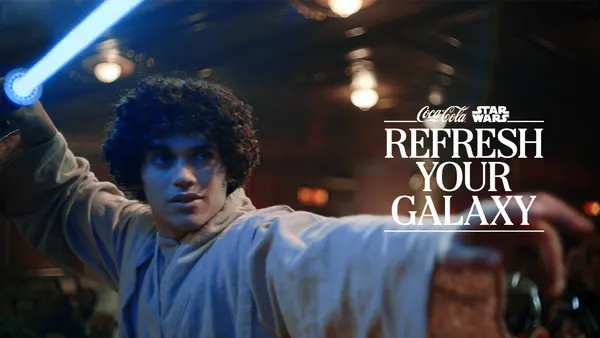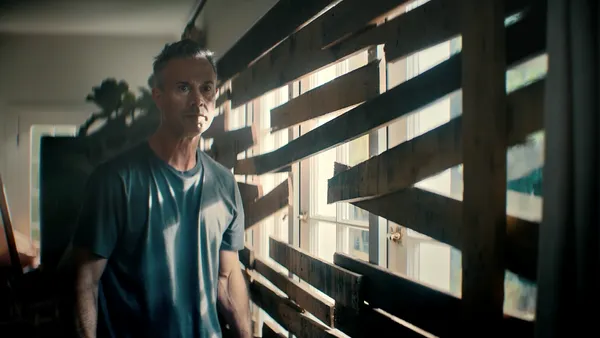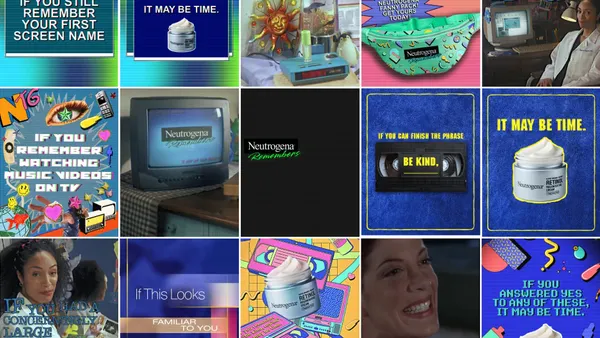LAS VEGAS — The changing landscape of marketing is on the minds of many brands and retailers at Shoptalk, and within that broad topic, creating a community for customers — and engaging that community through marketing — is a focus for a diverse range of businesses. The solutions range from simply listening to customer feedback to hosting large-scale events that have little to nothing to do with shopping.
Take Questival, for example. It's a series of 24-hour events held by outdoor gear brand Cotopaxi, as well as brand sponsors, that bring customers together in teams to go out and achieve a series of quests, with an emphasis on doing good. It sounds like a small, retail-branded mix of Coachella and "The Amazing Race." But it works for the brand because it's true to what they stand for and to what their customers like, according to Stephan Jacob, founder, president and COO of Cotopaxi. He said the brand started out forming the event with the simple concept of: "What does our audience love doing?"
In a similarly customer-driven move, Lively Founder and CEO Michelle Cordeiro Grant said during a panel that the brand received feedback from its customers that they wanted to hear more stories about women, so they launched a podcast, which allowed them to create content for consumers without having to spend advertising dollars on a sponsorship. She noted that the company started with 100 ambassadors on Instagram in 2016 and, recognizing marketing potential, upped that number drastically to over 65,000 today.
"Those women are our marketing channel," Grant said during the panel, "and it's not an MLM. They're not getting paid. They're doing it because they love what the brand stands for and they love interacting with one another in real life … At the end of the day, we're creating euphoric moments where they're interacting with the people they love, doing what they love, and so they go home and they don't just share Lively, they shout it."
There's a fine line between encouraging social media interaction and making customers feel like they're being forced into brand advertising, though. While Cotopaxi's Questival events were well-received with customers, the company faced blowback when they increased the number of areas where customers were told to share their experiences.
"A portion of the challenges, when you submit them for completion, we made them mandatory to be posted on social media. Initially, that was a very small percentage, maybe 5% of total challenges, and then we said, 'This is an amazing opportunity … let's increase it to 20%, 30%, 50%' and it really blew up in our face," Jacob said. "People felt forced to share. For us, as a brand, it felt gimmicky."
There are risks and benefits to taking on these more experiential forms of marketing and execs admitted that measuring the ROI of these moves is not easy. In fact, the number of transactions isn't the focus point for hardly any of these marketing stunts. Even when they do generate sales, like Snapchat's 23-minute sellout of the Air Jordan III, the purpose of the marketing move is more to build up the brand than to bring in revenue. It's the limited nature of the shoe drop and the feeling of discovery that makes finding the shoe on Snapchat and buying it feel exclusive.
Snap is playing around with even more drastic commerce experiences as well. Jeff Miller, global head of business marketing at the company, noted its recent efforts to make an entirely virtual Lego store accessed through the app, a bizarre idea that may not generate many sales, but certainly turned heads.
"In that context, that's not going to be about: 'What's the conversion in terms of how many Lego retail sales did you have on that given day,'" Miller said during the panel. "It's about: 'How do you drive awareness for your new, Lego retail line?' By doing something that people will post."
Whether or not these new marketing methods are more successful than traditional ones, the strategies that retailers and brands are now discussing are all deeply concerned with treating the customer as part of a small community — whether it's having a say in product or content development, or more akin to building an educational platform for customers to learn from each other on — essentially what Sephora's Beauty Insider Community is meant to be.
For Lively, the customer is treated almost as an oracle that will lead the brand to its future categories, a sentiment Grant says is reflected in a statement on the company's website.
"'Today, bras and undies. Tomorrow, the world.' Because today we may sell bras, tomorrow we may sell concert tickets," Grant said. "We don't know, but our community's going to tell us."













